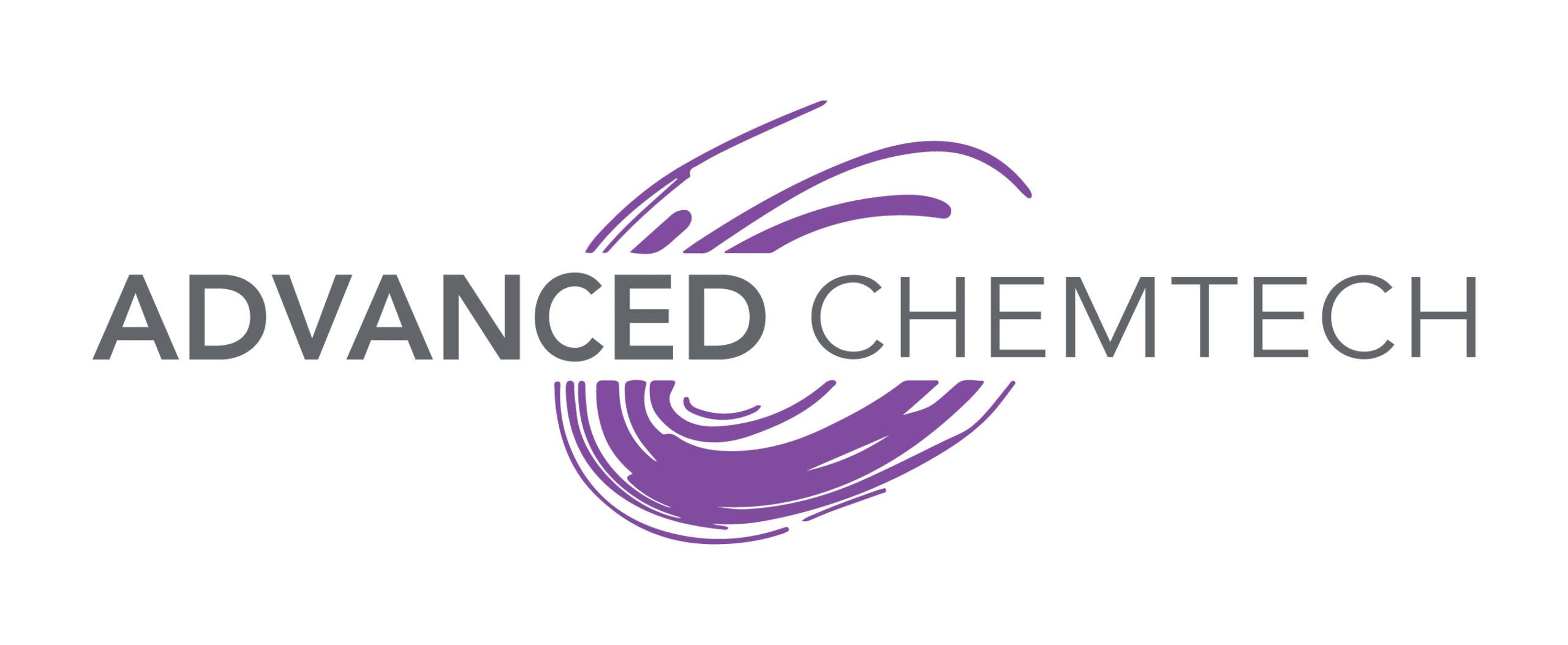Wind turbines are here to stay – a sustainable and renewable power source. In fact, over the last ten years, wind power capacity has grown 15% per year – it’s now the largest source of power in the United States, according to the U.S. Energy Information Administration.
Not only are wind turbines sustainable, but they’re beautiful too – look at the wind turbines in Rotterdam. People visit the country to see those turbines – and rightfully so, they’re a work of art.
This blog post will discuss wind turbines in more detail. In particular, how they work, the advantages and setbacks of wind power, and a few fun facts about sweets… we promise, it will all make sense in the end.
How do wind turbines work?
The process is simple: instead of using electricity to make wind, turbines use the wind to make electricity. It’s almost reverse engineering a household fan that keeps you cool during the summer months.
The turbine blades pick up speed and are spun by the energy from the wind – this turns a rotor and then spins a generator which creates electricity.
The blades that convert the wind into energy rely on what is known as chlorine chemistry.
The design of the blades ensures they’re flexible, light, and can withstand high winds – otherwise, they’d be useless and, if anything, dangerous (imagine a large turbine blade flying through the air).
This type of solar energy is especially popular in rural areas where there are few buildings and other obstructions to prevent a build up of wind.
How does wind work?
It’s a weird question, but understanding where the wind comes from helps us further understand how turbines work.
The production of wind is a result of the sun heating the atmosphere (unevenly), the rotation of the earth, and the earth’s surface and asymmetry.
The wind energy varies across the United States (and other countries) depending on numerous factors, including:
- Water
- Vegetation
- Large obstructions such as cities and buildings that block the wind
What are the advantages of wind turbines?
The wind and the turbines all across the United States present many advantages, including, but not limited to:
- Wind power is a cost-effective energy source
- It’s clean and renewable
- More turbines can be built to harvest more energy
- More wind turbines create more jobs
Wind power is a cost-effective energy source
For starters, wind power is cost-effective.
So long as there’s wind, there’s energy.
The turbines require maintenance every once in a while, but that also creates more jobs.
It’s clean and renewable
Wind turbines are a clean and renewable energy source – there are no harsh chemical byproducts compared to other methods such as fossil fuels.
More turbines can be built to harvest more energy
As long as there is open land available, more turbines can be built to harvest more energy.
More wind turbines create more jobs
The more turbines we have, the more jobs are required to install and maintain the machinery.
A mass operation of installing new turbines could provide decades of reliable work.
What about potential setbacks?
As expected, wind turbines also present a few setbacks, including:
- Turbines can harm wildlife
- Wind turbines have to compete with other energy sources
- Not everywhere is suitable for wind turbines
- Aesthetic issues and noise pollution
Turbines can harm wildlife
Turbines can harm birds and other wildlife that may fly into the blades. Aside from that, they are very safe.
Wind turbines have to compete with other energy sources
Wind turbines have to compete with other energy sources. Often, the power they create is less favorable than other methods (especially in cities and other densely populated areas).
Not everywhere is suitable for wind turbines
Following on from our previous point: not everywhere is suitable for wind turbines.
For example, cities, less urban areas, and places where little to no wind is generated.
Aesthetic issues and noise pollution
Finally, many people complain about the aesthetics of wind turbines, stating how they ruin the landscape. And let’s not forget the noise pollution (although very few people will actually hear them, aside from those living close by).
The latest news on wind turbines…
Okay, here’s what you’ve been waiting for…
Someday, wind turbine blades could be recycled into entirely new components and things – including all kinds of useful components such as car taillights, diapers, and even gummy bears, as stated by ScienceDaily.
If you don’t already know, wind turbine propellers last, on average, twenty years. That means they need to be replaced every so often – so what better way to recycle the blades than a bag of gummy bears or other sweets?
Did you enjoy this blog post? Read more on the Advanced ChemTech blog.
